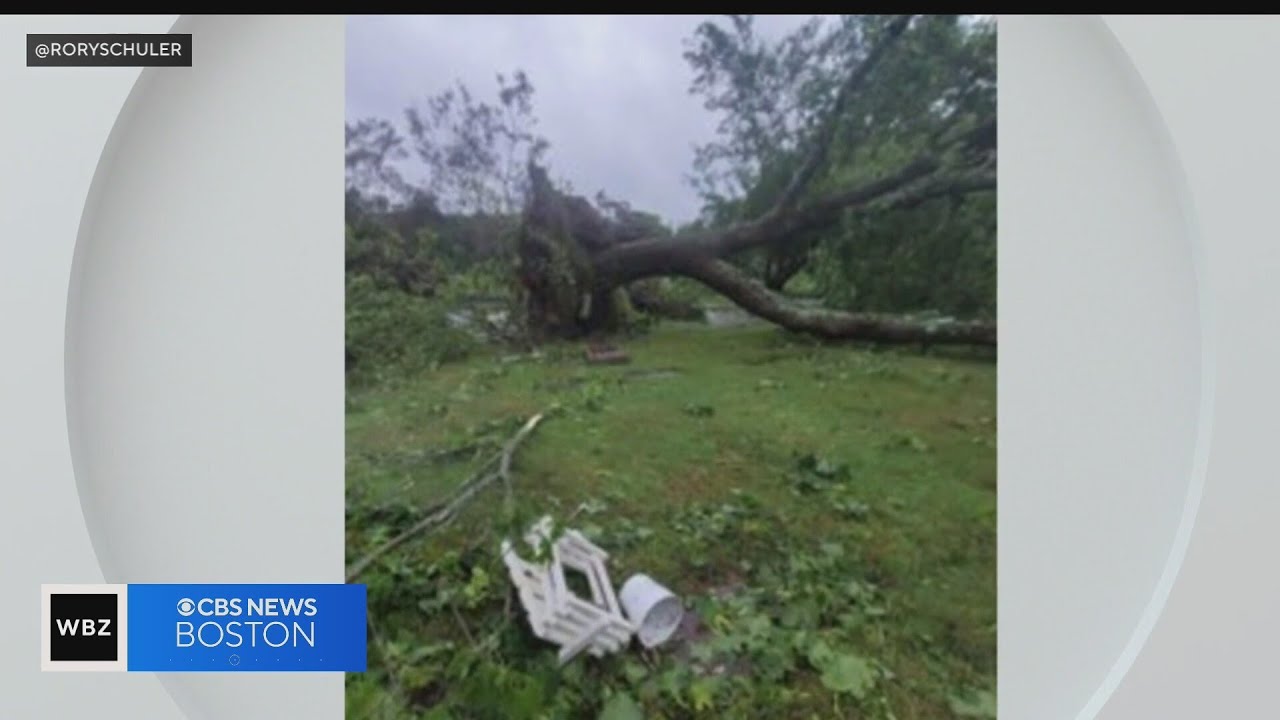Understanding the Tornado Climate in Rhode Island
Rhode Island is not typically associated with tornadoes, but the state does experience occasional tornado activity. Located in the New England region of the United States, Rhode Island’s climate is generally characterized by its cool summers and cold winters. While tornadoes are more commonly associated with the central and southern parts of the United States, Rhode Island’s unique geographical location and weather patterns make it susceptible to tornado formation.
Examining Historical Tornado Activity in the State
Historically, Rhode Island has experienced a relatively low number of tornadoes compared to other states in the tornado-prone regions of the United States. However, tornado events have occurred in the state, with records dating back to the early 18th century. According to the National Weather Service, Rhode Island has averaged about one tornado per year, ranging from weak EF0 tornadoes to stronger EF2 tornadoes.
Factors Influencing Tornado Formation in Rhode Island
Several factors influence tornado formation in Rhode Island. One key factor is the convergence of warm and cold air masses. In spring and summer, when warm and moist air from the south clashes with cooler air from the north, the conditions become favorable for tornado development. Additionally, the presence of strong wind shear and atmospheric instability can contribute to tornado formation in the state.
The Impact of Rhode Island’s Geography on Tornadoes
Rhode Island’s geography plays a role in tornado formation and impact. The state’s relatively small size and diverse terrain, including coastline, forests, and urban areas, can influence the intensity and path of tornadoes. Coastal areas may experience weaker tornadoes due to the moderating effect of the nearby ocean, while tornadoes that form inland may encounter more obstacles and potentially cause greater damage.
Rhode Island’s Tornado Season: When and Why?
Rhode Island’s tornado season typically occurs from late spring to early fall, with the peak activity observed in June and July. During this time, the clash between warm and cool air masses is more frequent, creating the ideal conditions for tornado formation. However, tornadoes can occur at any time of the year, albeit less frequently, due to the unpredictable nature of weather patterns.
Tornado Watches and Warnings in Rhode Island
To help protect residents and visitors, the National Weather Service issues tornado watches and warnings when severe weather conditions are favorable for tornado formation. A tornado watch means that tornadoes are possible in the designated area, while a tornado warning indicates that a tornado has been detected or is imminent. It is crucial to stay informed through local news and weather alerts to ensure prompt action and safety during severe weather events.
Rhode Island’s Tornado Preparedness and Safety Measures
Although tornadoes in Rhode Island are relatively rare, it is vital for residents to be prepared and understand the necessary safety measures. Creating a tornado emergency plan, identifying safe shelter areas, and having a disaster supply kit are essential steps in tornado preparedness. Additionally, staying informed through local weather forecasts and being aware of tornado warning signals can help individuals take immediate action and protect themselves during tornado events.
The Role of Doppler Radar in Tornado Detection in Rhode Island
Doppler radar plays a crucial role in tornado detection in Rhode Island. The National Weather Service utilizes Doppler radar technology to identify storm rotation, which is a strong indication of tornado formation. This advanced technology allows meteorologists to issue timely tornado warnings, giving residents and emergency management officials valuable time to take necessary precautions and evacuate if required.
Tornado Damage Assessment and Recovery in Rhode Island
The impact of tornadoes in Rhode Island can vary depending on their path and intensity. Tornadoes can cause significant damage to structures, trees, and power lines. After a tornado event, an assessment of the affected areas is conducted to evaluate the damage and determine the necessary recovery efforts. Local authorities and organizations work together to provide assistance, including debris removal, infrastructure repairs, and support for affected individuals and businesses.
Tornado Myths vs. Facts: Setting the Record Straight
There are several myths and misconceptions surrounding tornadoes that are important to address. One common myth is that tornadoes cannot occur in a certain region, such as Rhode Island. However, as mentioned earlier, tornadoes can occur in any state, although the frequency may vary. It is essential to rely on accurate information from trusted sources to understand the risks and take appropriate precautions.
Conclusion: Rhode Island’s Vulnerability to Tornadoes
While Rhode Island may not experience tornadoes as frequently as other regions of the United States, the state is not immune to tornado activity. The convergence of warm and cold air masses, along with other atmospheric conditions, can create a favorable environment for tornado formation. Rhode Island residents should remain vigilant, stay informed about weather conditions, and be prepared to take immediate action to protect themselves and their communities during tornado events. By understanding the tornado climate, preparing for emergencies, and dispelling myths, Rhode Island can better mitigate the potential impact of tornadoes and ensure the safety and well-being of its residents.





